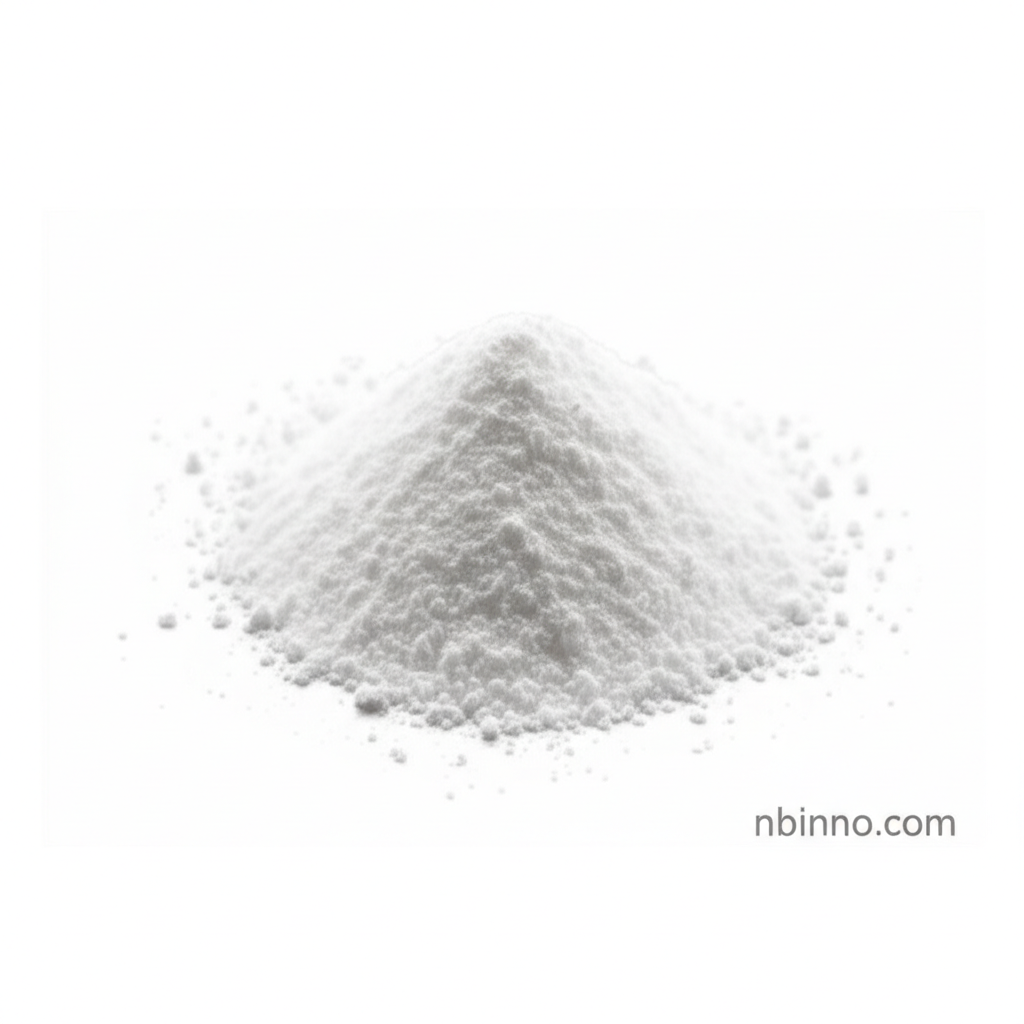High-Purity 9-(1-Naphthyl)anthracene-10-boronic Acid: Synthesis, Applications, and Sourcing Insights
Discover the key properties and diverse applications of this advanced organic intermediate for your research and development needs.
Get a Quote & SampleProduct Core Value

9-(1-Naphthyl)anthracene-10-boronic acid
This high-purity boronic acid derivative, featuring a unique naphthyl-anthracene hybrid structure, is a cornerstone in modern organic synthesis. Its robust boronic acid group and extensive π-conjugated system make it indispensable for constructing complex polyaromatic systems through reactions like the Suzuki-Miyaura cross-coupling.
- Leveraging 9-(1-Naphthyl)anthracene-10-boronic acid synthesis pathways for high-purity intermediates.
- Discover applications for OLED material building blocks in advanced electronic devices.
- Explore the advantages of using CAS 400607-46-7 organic intermediate in complex molecular design.
- Optimize your research with high purity boronic acid derivatives essential for precise chemical reactions.
Key Advantages
Versatile Synthetic Utility
As a crucial component in Suzuki-Miyaura coupling, this compound facilitates the efficient creation of intricate organic molecules, boosting the success rate of organic synthesis projects.
Enhanced Electronic Properties
The extended π-conjugated system inherent in its structure significantly enhances electronic properties, making it ideal for cutting-edge research in OLED development and other optoelectronic applications.
High Purity for Reliable Results
Sourced with a minimum purity of 97%, this boronic acid derivative ensures consistent and reliable outcomes in demanding laboratory and industrial settings, crucial for researchers seeking high purity boronic acid derivatives.
Key Applications
Organic Synthesis
A fundamental building block for complex molecular architectures, especially in palladium-catalyzed cross-coupling reactions like the Suzuki reaction, aiding in the discovery of novel compounds.
OLED and Photoelectric Materials
Its unique structural and electronic properties are highly sought after for the development of organic light-emitting diodes (OLEDs) and other advanced photoelectric devices.
Fluorescent Probes
Researchers utilize this compound in the design and synthesis of highly sensitive fluorescent sensors and probes for various analytical and biological applications.
Pharmaceutical Intermediates
Serves as a critical intermediate in the synthesis of complex pharmaceutical compounds, contributing to the development of new therapeutic agents.
